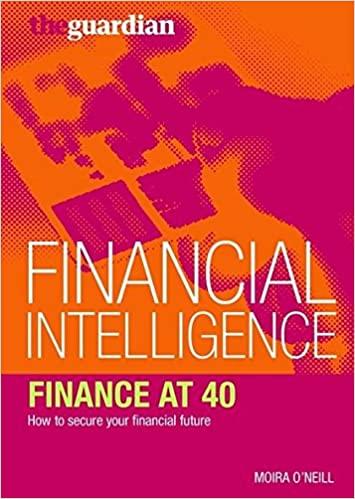Answered step by step
Verified Expert Solution
Question
1 Approved Answer
Help with 1 thru 6 thanks Multiple Choice Questions (52 points) for year I. An investment cost SI0,000 with cash for the project. rate is
Help with 1 thru 6 thanks 

Step by Step Solution
There are 3 Steps involved in it
Step: 1

Get Instant Access to Expert-Tailored Solutions
See step-by-step solutions with expert insights and AI powered tools for academic success
Step: 2

Step: 3

Ace Your Homework with AI
Get the answers you need in no time with our AI-driven, step-by-step assistance
Get Started


